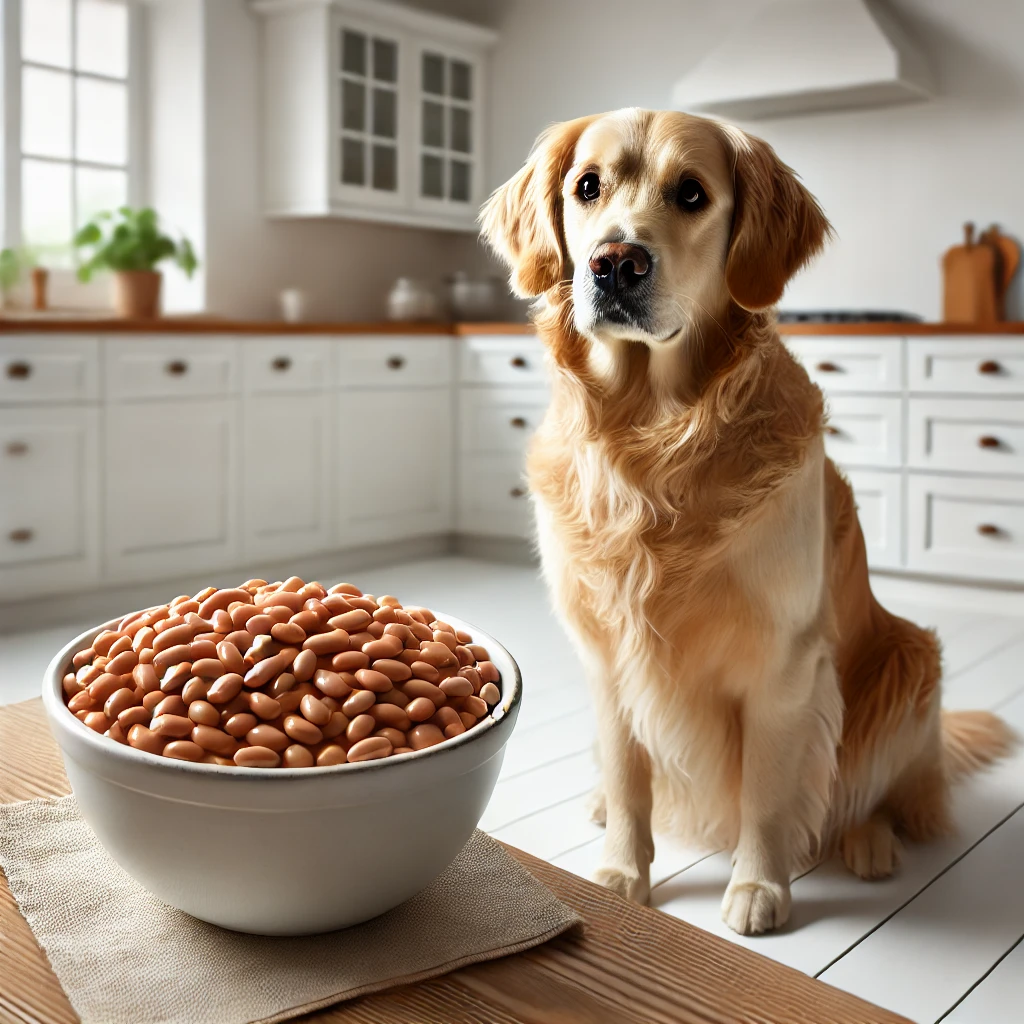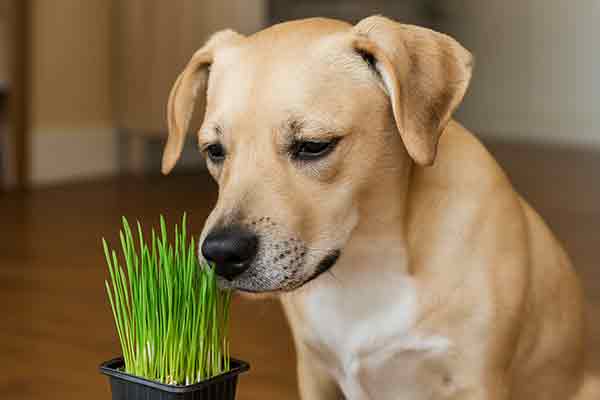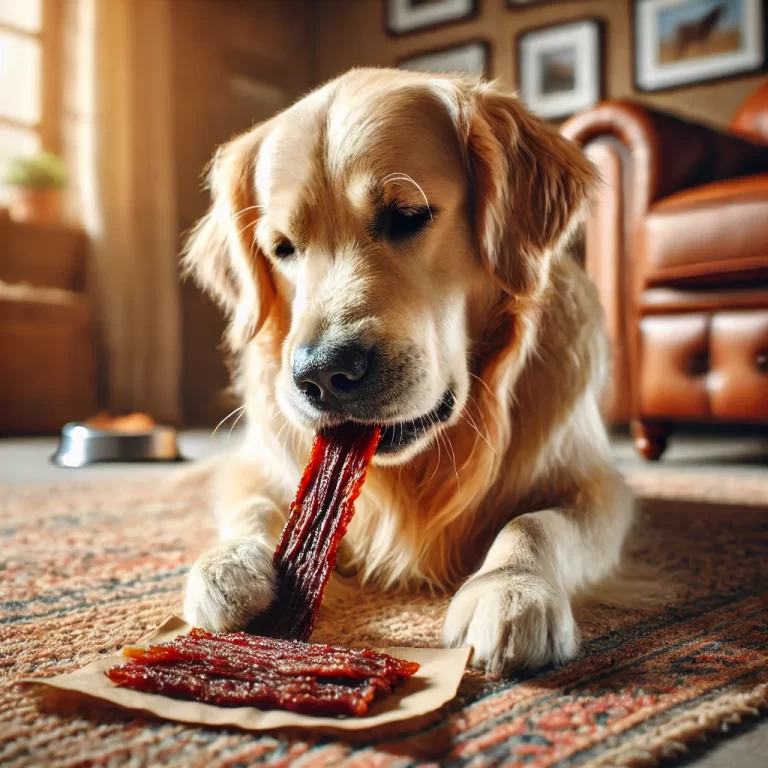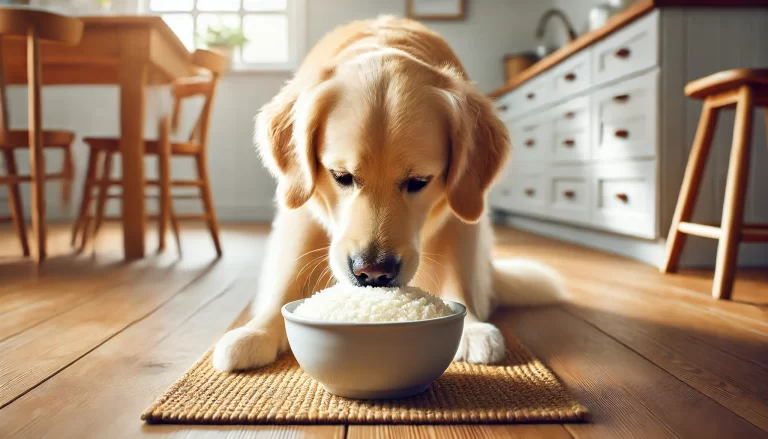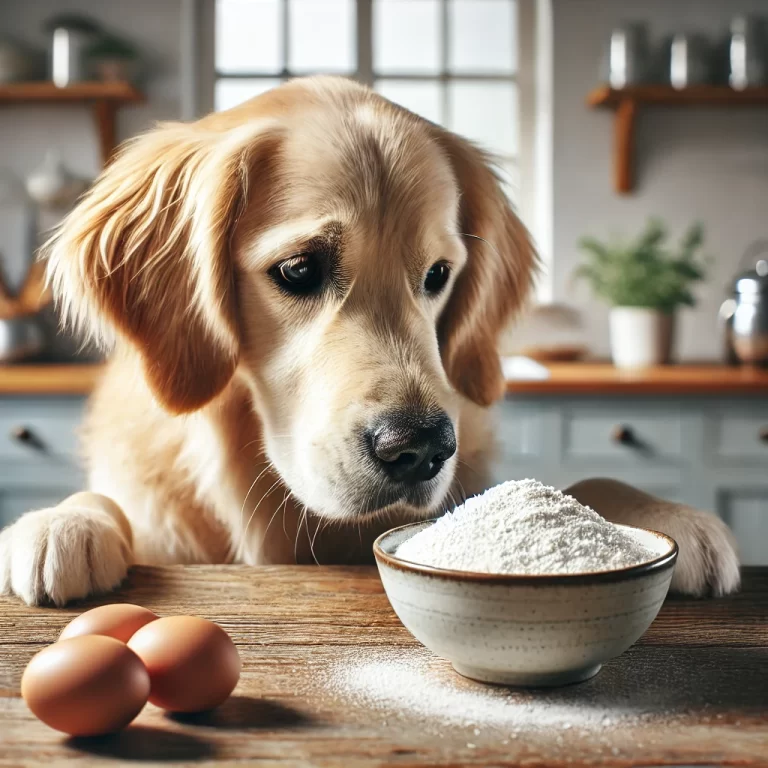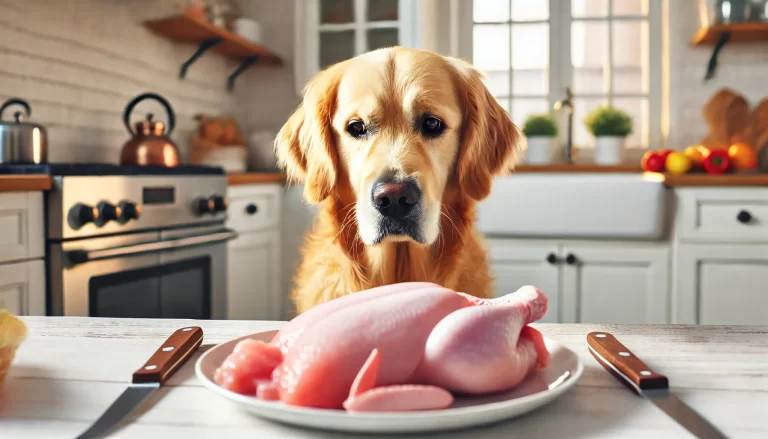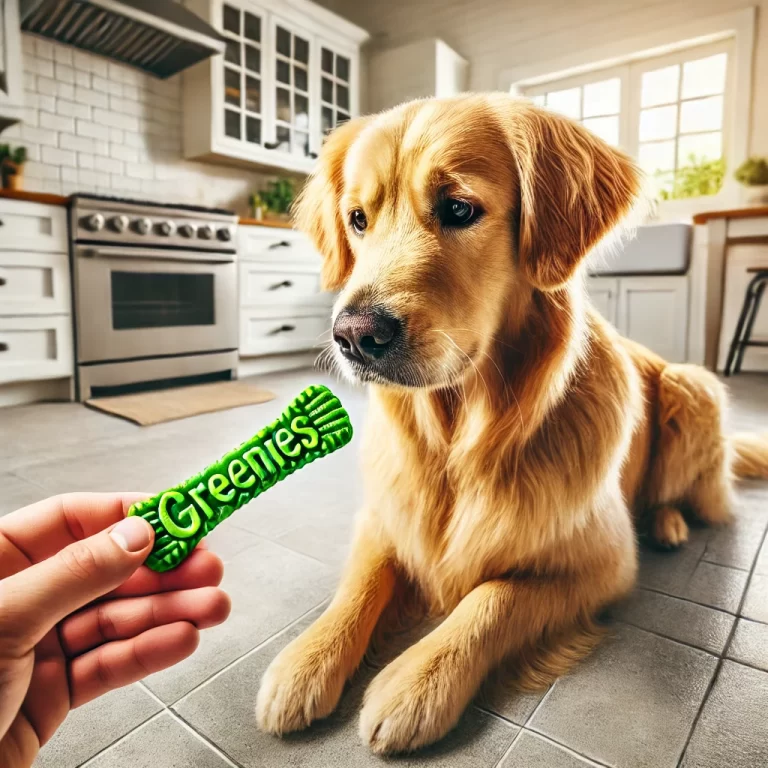Can Dogs Eat Pinto Beans? A Complete Guide for Pet Owners
As a responsible pet owner, you want to ensure that everything your dog eats is safe and nutritious. Beans are a popular ingredient in many human diets, but can dogs eat pinto beans? Are they beneficial, or could they pose potential health risks?
In this guide, we’ll explore whether pinto beans are safe for dogs, their nutritional benefits, potential risks, and the best ways to prepare them for your furry friend.
Are Pinto Beans Safe for Dogs?
Yes, dogs can eat pinto beans in moderation, but only if they are plain, cooked, and unseasoned. Pinto beans are not toxic to dogs and can provide valuable nutrients, such as fiber, protein, and essential minerals. However, there are some important considerations before adding them to your dog’s diet.
If prepared improperly—such as seasoned with garlic, onion, or excessive salt—pinto beans can be harmful. Additionally, feeding too many beans may cause digestive upset.
Nutritional Benefits of Pinto Beans for Dogs
Pinto beans are a nutrient-dense food that offers several health benefits for dogs. When included as part of a balanced diet, they can support digestion, provide energy, and even contribute to heart health.
1. High in Fiber
Pinto beans are rich in dietary fiber, which can aid digestion and promote regular bowel movements. Fiber helps prevent constipation and supports a healthy gut microbiome.
2. Good Source of Plant-Based Protein
Dogs require protein to maintain muscle mass and overall health. While animal-based protein is essential, plant-based sources like pinto beans can be a good supplement.
3. Supports Heart Health
Pinto beans contain low-fat, heart-friendly nutrients such as magnesium and potassium, which help regulate blood pressure and improve cardiovascular function.
4. Provides Essential Vitamins and Minerals
Pinto beans are packed with beneficial vitamins and minerals, including:
-
Folate (Vitamin B9): Supports cell growth and brain health.
-
Iron: Helps in red blood cell production.
-
Magnesium: Supports muscle and nerve function.
-
Potassium: Regulates hydration and muscle function.
5. May Help With Weight Management
Since pinto beans are low in fat and high in fiber, they can help dogs feel full longer. This makes them a good occasional treat for dogs that need to manage their weight.
Potential Risks of Feeding Pinto Beans to Dogs
While pinto beans are generally safe, there are a few risks to keep in mind:
1. Digestive Issues (Gas and Bloating)
Beans contain complex carbohydrates that can be difficult for some dogs to digest, leading to gas, bloating, and stomach discomfort. To avoid this, introduce pinto beans gradually and in small portions.
2. Risk of Allergies or Sensitivities
Although rare, some dogs may have allergies or food sensitivities to legumes. If you notice symptoms like itching, diarrhea, or vomiting after feeding pinto beans, discontinue immediately and consult your vet.
3. Harmful Additives in Seasoned Beans
Never feed dogs canned or seasoned pinto beans, as they often contain onions, garlic, excess salt, or preservatives, which can be toxic to dogs.
4. Raw or Undercooked Beans Are Hard to Digest
Raw pinto beans contain lectins, which can be toxic if consumed in large amounts. Always cook beans thoroughly before feeding them to your dog.
How to Safely Feed Pinto Beans to Dogs
If you want to add pinto beans to your dog’s diet, follow these safe preparation guidelines:
 Do’s
Do’s




 Don’ts
Don’ts




How Many Pinto Beans Can Dogs Eat?
Portion size depends on your dog’s size, breed, and dietary needs. Here are general guidelines:
-
Small dogs (e.g., Chihuahuas, Pomeranians): 1–2 teaspoons occasionally.
-
Medium dogs (e.g., Cocker Spaniels, Border Collies): 1–2 tablespoons.
-
Large dogs (e.g., Labrador Retrievers, German Shepherds): Up to ¼ cup.
Pinto beans should only be an occasional treat and not replace a dog’s main protein source.
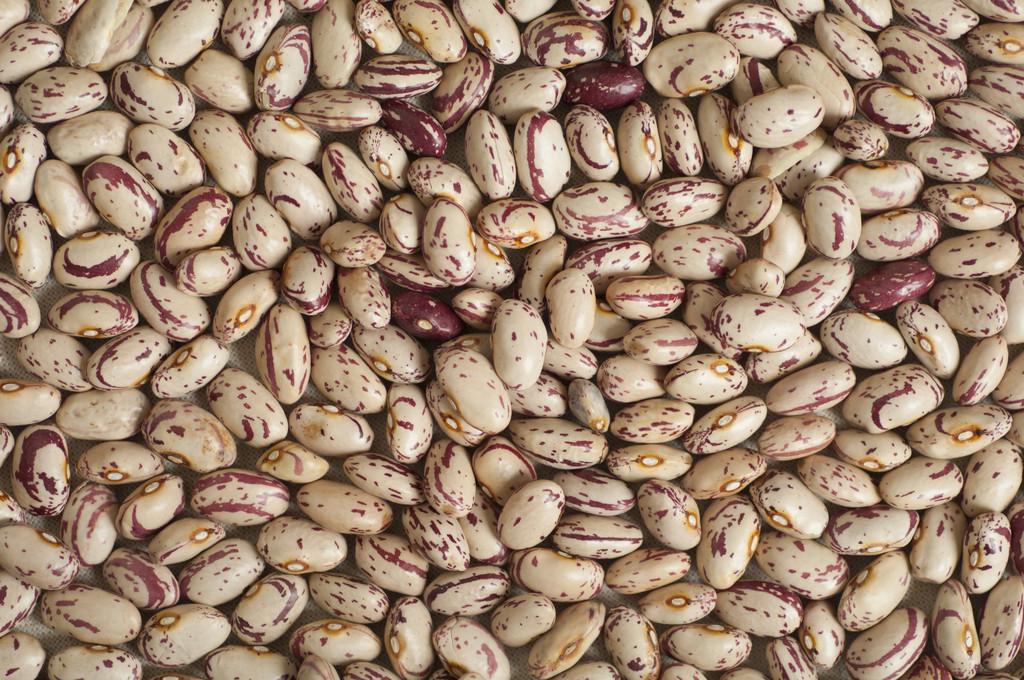
Best Ways to Serve Pinto Beans to Dogs
Looking for creative ways to feed your dog pinto beans? Try these simple serving ideas:
 1. Mashed Pinto Beans Mixed with Dog Food
1. Mashed Pinto Beans Mixed with Dog Food
Mash cooked pinto beans and mix them into your dog’s regular kibble or wet food for an extra fiber boost.
 2. Homemade Bean and Chicken Meal
2. Homemade Bean and Chicken Meal
Cook boneless, skinless chicken breast and mix it with mashed pinto beans for a protein-rich meal.
 3. DIY Dog-Friendly Pinto Bean Treats
3. DIY Dog-Friendly Pinto Bean Treats
Blend pinto beans, pumpkin puree, and oat flour into a dough, shape into small treats, and bake at low heat.
Alternatives to Pinto Beans for Dogs
If you want to add variety to your dog’s diet, here are some other dog-safe beans and legumes:





When to Avoid Feeding Pinto Beans to Your Dog
While pinto beans are generally safe, avoid feeding them to your dog if they have:



If you’re unsure whether pinto beans are suitable for your dog, consult your veterinarian.
Final Verdict: Can Dogs Eat Pinto Beans?
Yes, dogs can eat pinto beans in moderation, as long as they are cooked, plain, and unseasoned. Pinto beans offer fiber, protein, and essential nutrients, making them a healthy occasional treat.
However, avoid canned, raw, or seasoned beans, as they can cause digestive problems or contain toxic ingredients. Always introduce beans slowly and watch for any adverse reactions.
By following proper preparation and portion guidelines, you can safely incorporate pinto beans into your dog’s diet as a nutritious supplement.
Frequently Asked Questions (FAQs)
1. Can dogs eat canned pinto beans?
No. Canned pinto beans often contain added salt, preservatives, or spices that can be harmful to dogs. Always cook plain, fresh beans instead.
2. Can dogs eat refried beans?
No. Refried beans typically contain onion, garlic, and added fats, which are toxic to dogs.
3. How often can I give my dog pinto beans?
Occasionally. Pinto beans should not replace a balanced diet but can be given as a treat once or twice a week.
4. What happens if my dog eats too many beans?
Too many beans can cause gas, bloating, diarrhea, or stomach pain. If symptoms persist, consult your vet.
By keeping these guidelines in mind, you can ensure that your pup enjoys the benefits of pinto beans safely!

